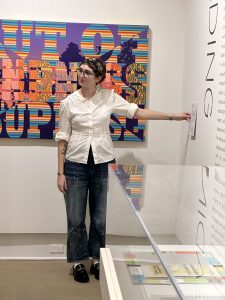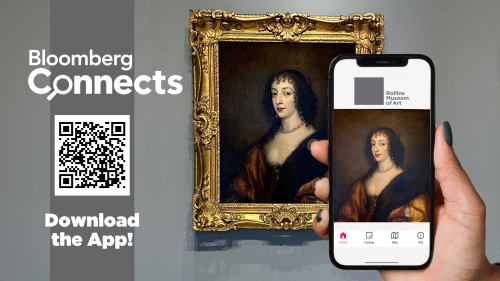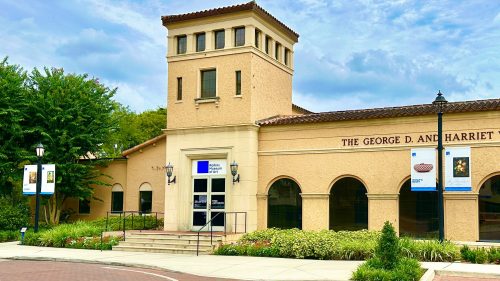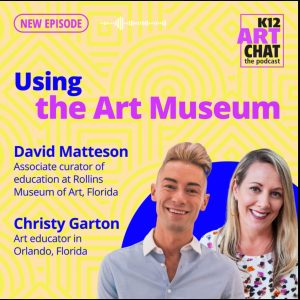How Thomas Cole’s Catskill Mountain House, The Four Elements, Had Me Rethinking my Relationship to the Land
by Lavinia Franco De Mello Audi Goncalves ’27 As a teaching museum, Rollins Museum of Art often serves as a classroom, a creative space where students engage with artworks, drawing connections to their curriculum. When Rollins College professor Dr. Anne M.…












